Nara’s Mt. Shigi and Chogosonshi-ji Temple
2022/06/27
What is Mt. Shigi?
Mt. Shigi (“Shigi-san”) lies between the historically important prefectures of Nara and Osaka and was host to various key events that played a pivotal role in the formation of the country. The idyllic temple district found just below its peak, which the mountain is most known for, dates back to a story associated with the a legendary figure in Japanese history by the name of Prince Shotoku (574-622 CE). In modern times, Mt. Shigi is a popular location to visit for a variety of interesting activities, including hiking, overnight temple stay, and even bungee jumping from a bridge which crosses over a beautiful mountain reservoir.
In this blog, we will briefly cover the history of this amazing location.
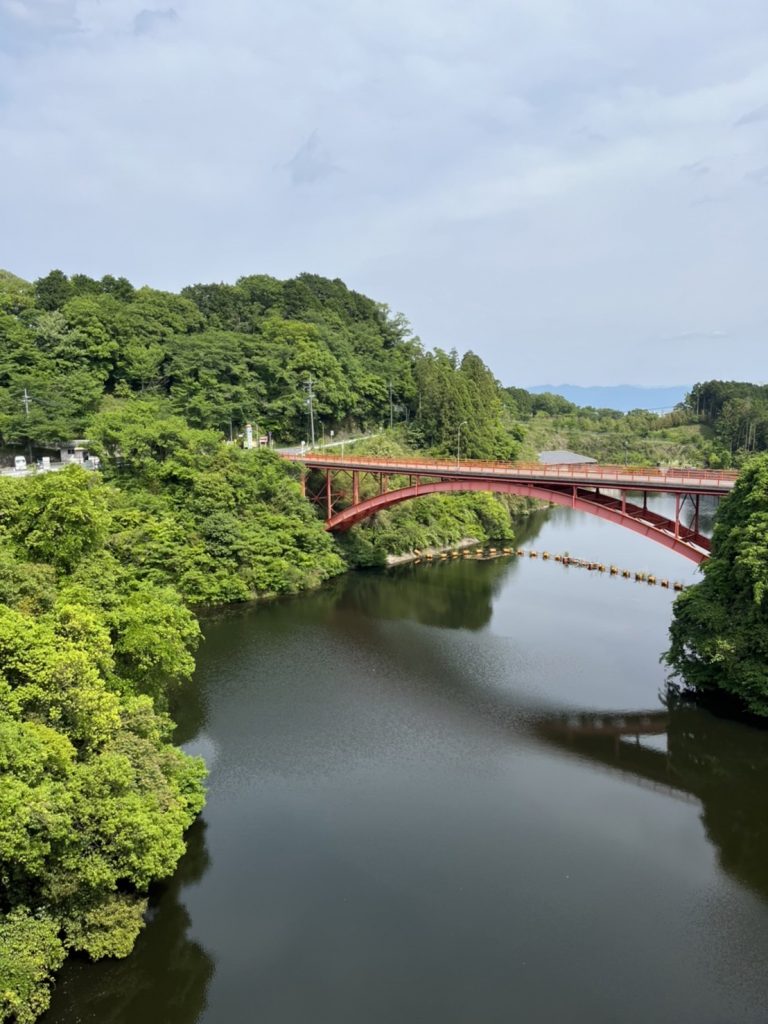
Reservoir on Mt. Shigi
Prince Shotoku & Early Buddhism
Prince Shotoku is a figure of historical legend who was said to have been a son of Emperor Yomei, but served as a regent under Empress Suiko. He also had familial ties to the Soga clan, one the most powerful families of the Asuka period (538 – 710 CE).
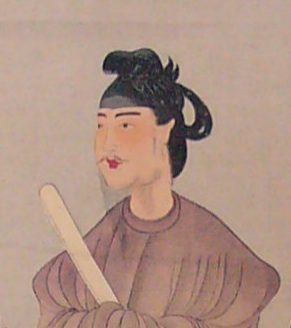
Prince Shotoku (574 – 622 CE)
As fate would have it, Buddhism had been recently introduced to Japan around the time of the Prince’s life, with different groups supporting its establishment in Japan and some opposing it in favor of indigenous kami worship (now collectively referred to as “Shinto”). As historical writings recount, the Soga clan and Prince Shotoku were among the strongest supporters of Buddhism, eventually leading armed forces to battle in an attempt to ensure that is became firmly established in country.
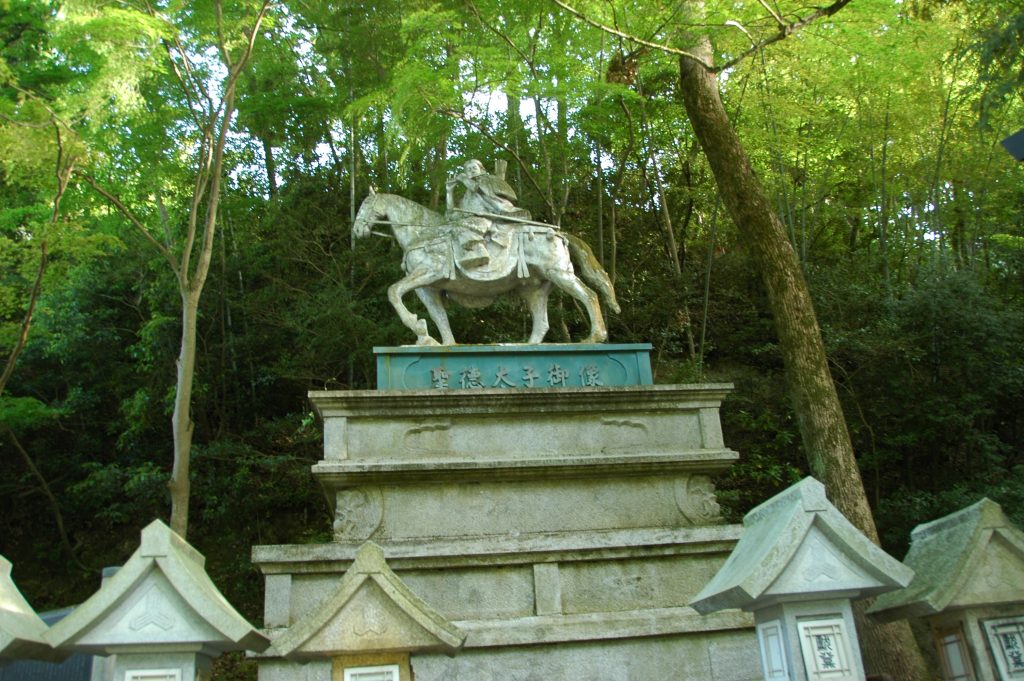
Statue of Prince Shotoku at Chogosonshi-ji Temple.
The forces opposed to Buddhism were led by the powerful Mononobe Clan, who were rivals to the Soga and sought to stop the expansion of Buddhism’s influence in Japan. The armies of these 2 families would eventually clash in a family led feud to decide the religious direction of the country. After being initially defeated in battle against the Mononobe, Prince Shotoku and the Soga brought their forces to Mt. Shigi to pray for assistance. In response to this pious act, it is believed that Bishamonten, a Buddhist deity of war, appeared before them during the Day and Hour of the Tiger (it also was the Year of the Tiger) and led the their forces to victory over the Mononobe in the Battle of Shigi (587 CE). In gratitude for his victory, the Prince and his allies oversaw the construction of what would become the beginnings of the Chogosonshi-ji Temple complex, with the tiger becoming the official symbol of the temple in accordance with the timing of Bishamonten’s appearance.

Bishamonten, Guardian of the North, god of luck and warfare.
Chogosonshi-ji Temple
The name of the temple originates from a tale which took place Several hundred years after Prince Shotoku and involved a pious Buddhist monk by the name of Myoren who lived on Mt. Shigi. When Emperor of that time, Daigo (885-930 CE), fell ill, Myoren was given a royal order to pray to the deity Bishamonten for a cure. When the Emperor miraculously recovered, he decided to show his appreciation by officially naming the area “Chogosonshi-ji,” signifying its blessings to the country.
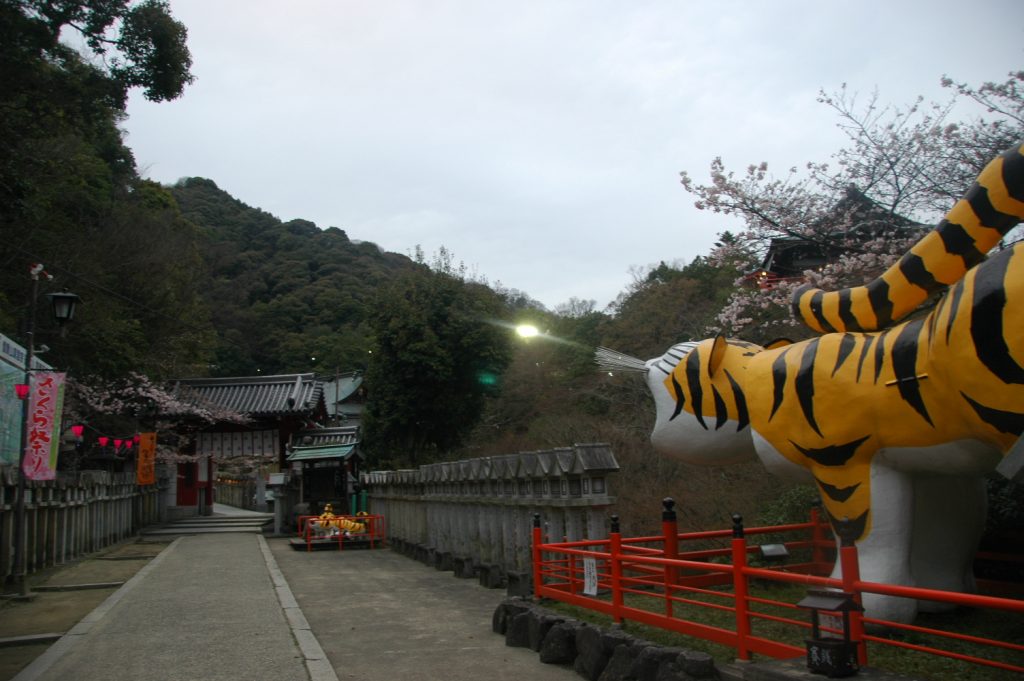
The tiger symbol of Chogosonshi-ji Temple. The tiger is a zodiac sign in both the Chinese and Japanese traditional calendars.
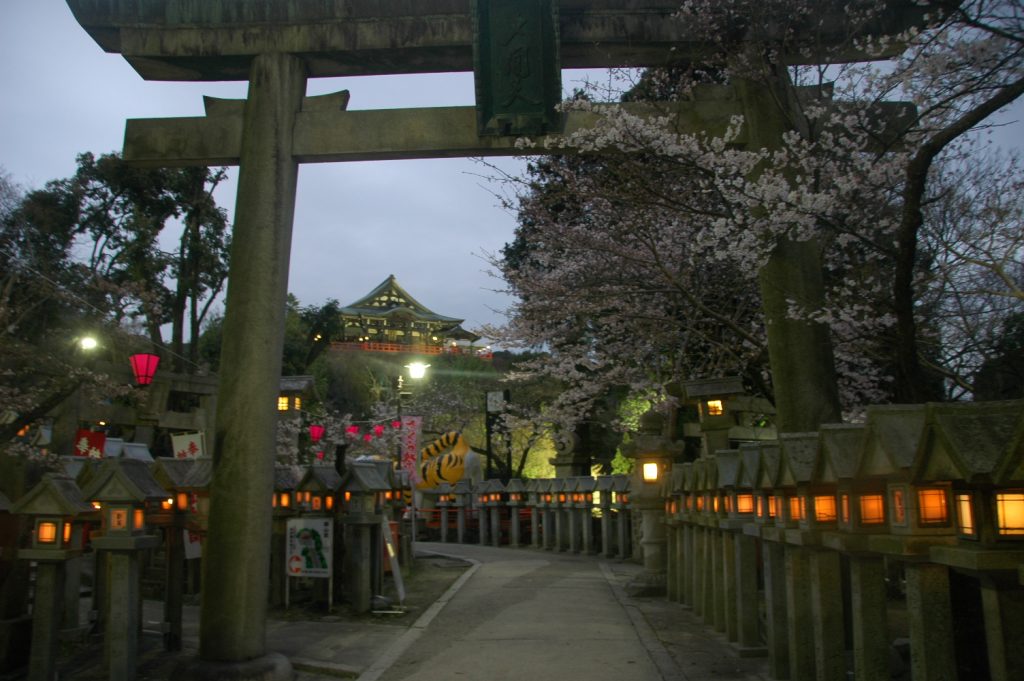
Chogosonshi-ji, part of the Shingon sect of Buddhism, can be described as an elegantly designed network of temple buildings connected by quaint cobblestone paths. Traditional stone lanterns line the walking routes and glow softly in the evening, creating a beautiful, almost dreamy atmosphere.
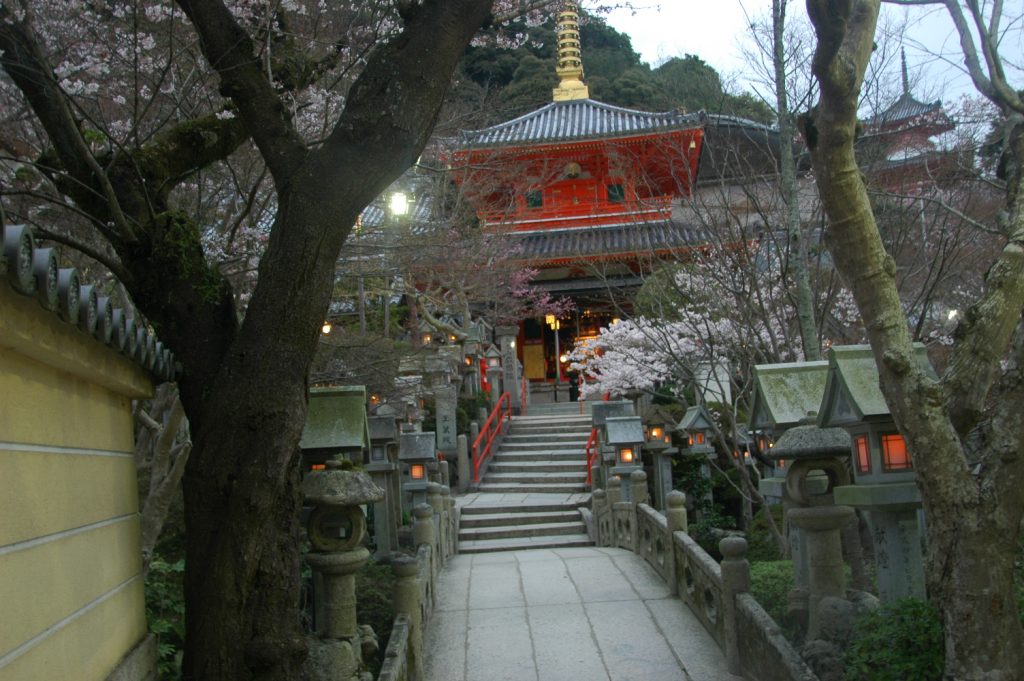
From the main hall of Chogosonshi-ji Temple, there is a beautiful view overlooking the Nara Basin that also should not be missed, both in the daytime and evening hours. Monks and practitioners can regularly be seen walking the paths here, taking care of temple business or perhaps carrying water to the peak in a long-time traditional act of worship.
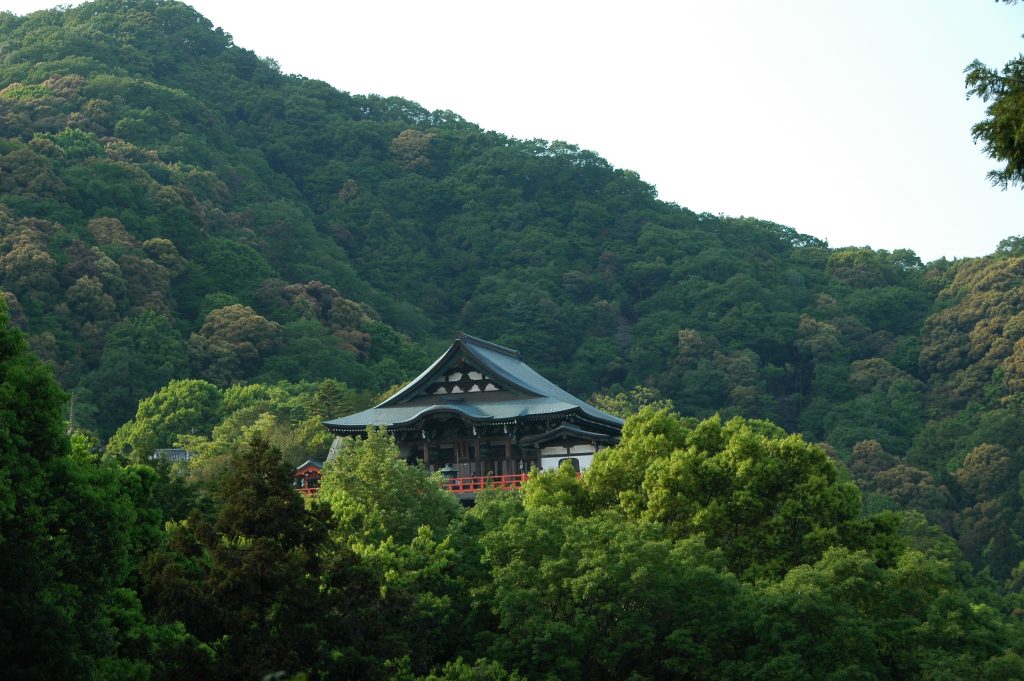
The main hall of Chogosonshi-ji on Mt. Shigi.
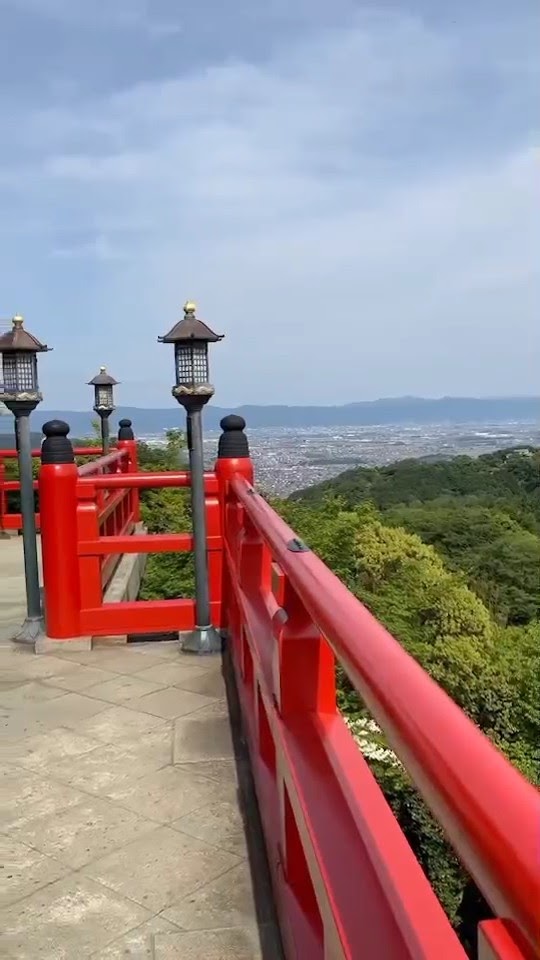
View from the Main Hall looking over the Nara Basin
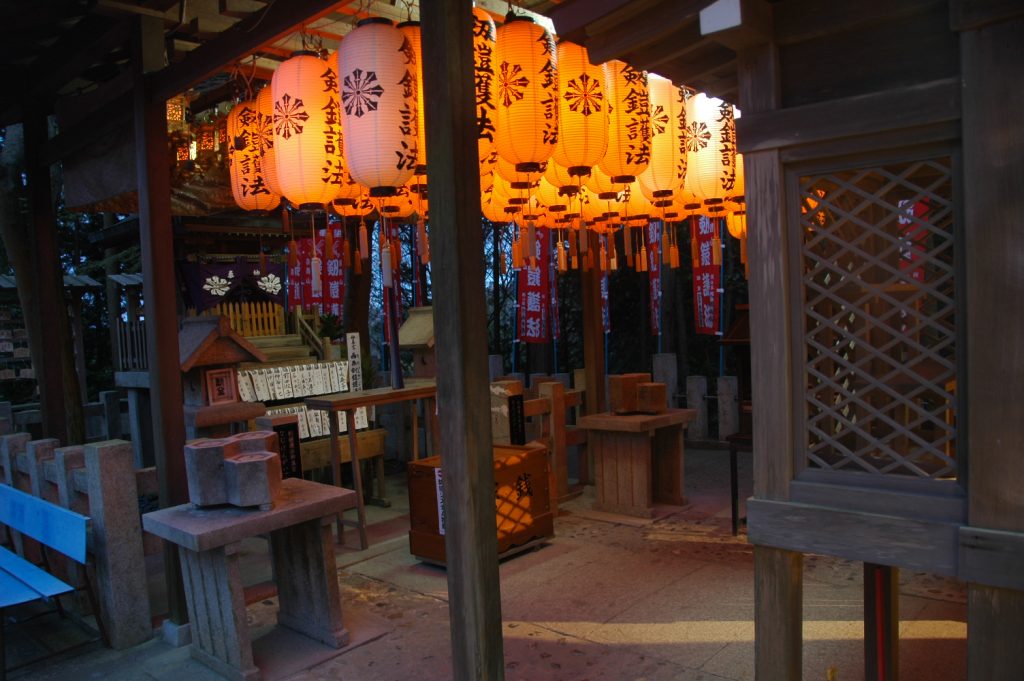
Kuhachi Gobo-do Hall, located on the peak of Mt. Shigi.
Within the temple complex are many sub-temples and shrines that can be explored, including Kuhachi Gobo-do Hall on the peak of the mountain, where you can find amazing views of the surrounding landscape. You may notice that for a Buddhist temple complex, there are a lot of symbols associated with Shintoism as well, such as the many torii gates along the paths. Actually, for most of Japan’s long history, the Buddhist and Shinto faiths were actually not separate, but instead were part of a larger religious system of interconnected ideas that existed throughout the country. Visitors will be able to see this reflected in the fascinating mix of religious symbolism found through the ancient Chogosonshi-ji Temple grounds, including the rituals done by priests who are practitioners of the highly syncretic Shugendo faith.
Overall, Mt. Shigi is another fantastic place to visit in Nara Prefecture for an ‘off the beaten track’ experience. If you would like to visit this special area, we here at Kansai Nara Treasure Travel can arrange a special overnight temple stay (“shukubo”) package on Mt. Shigi. Please contact us for more info info on that here.
Access:
As Chogosonshi-ji is located near the peak of Mt. Shigi, it takes a little extra time and effort to reach. One nice option is to go to Shigisanshita train station and make the hike up the mountain, which takes about 40-minutes to an hour on foot. Just follow the straight street that runs from directly above the station up the mountain (west) until the road runs into a fork at the edge of a forest. Turn right and the trailhead will be on the forest’s edge next to a bus stop.
A 2nd way to access the temple is by taking a Nara Koutsu Bus from Oji train station, which is 350 yen (per person) and takes about 30 minutes.
Finally, there is the option of taking a Shigi Ohashi Taxi for 1,500 yen.

01
FIND YOUR FAVORITE
TRIP ON OUR WEBSITE.
SEND US AN INQUIRY.

02
PERSONALIZE THE TRIP
TO YOUR INTERESTS
WITH OUR CONSULTANT.

03
20% DEPOSIT TO CONFIRM.
BALANCE PRIOR TO ARRIVAL.
PAYMENT BY CC OR TT.

04
WE WILL
MEET YOU
AT THE AIRPORT.

05
DISCOVER THE
TREASURES!